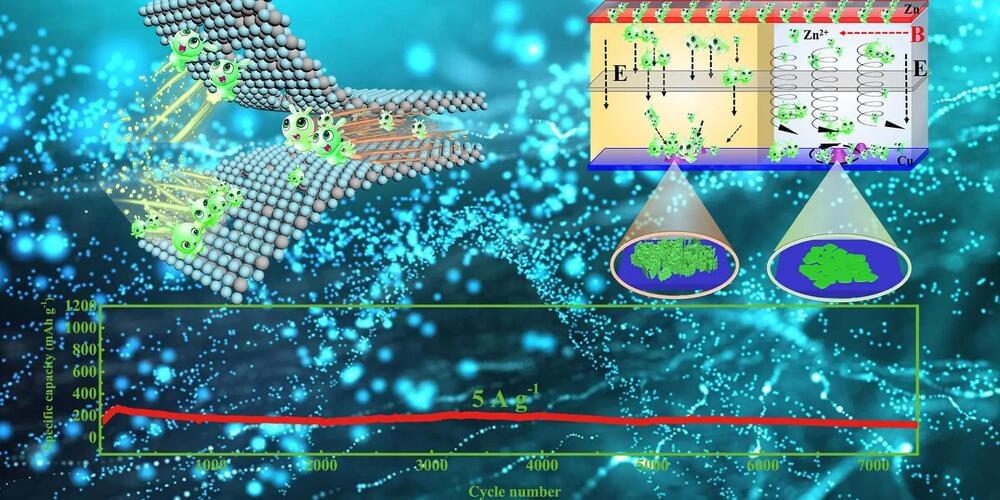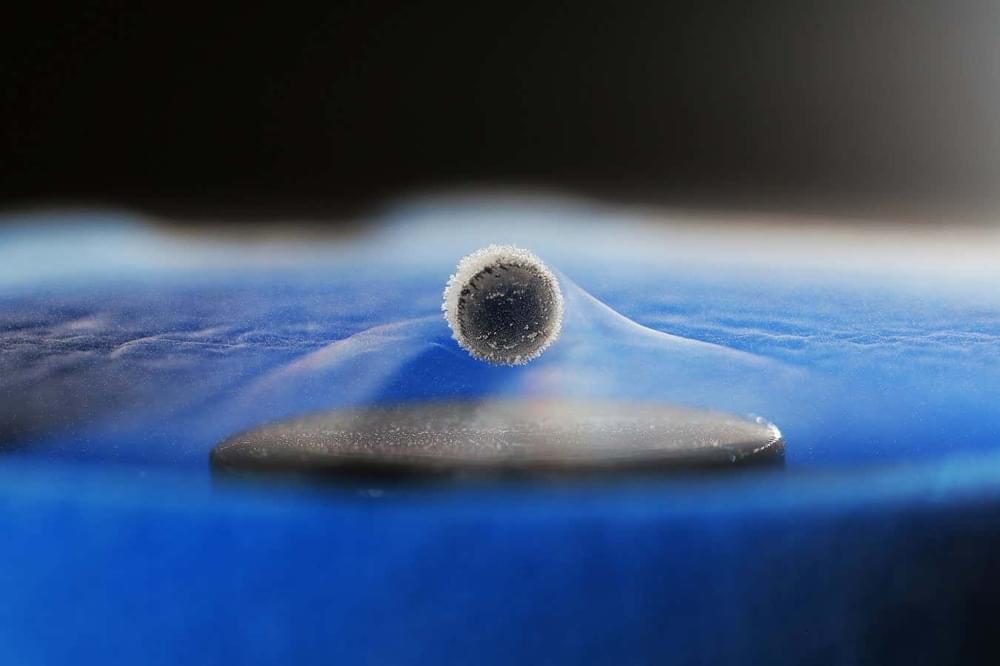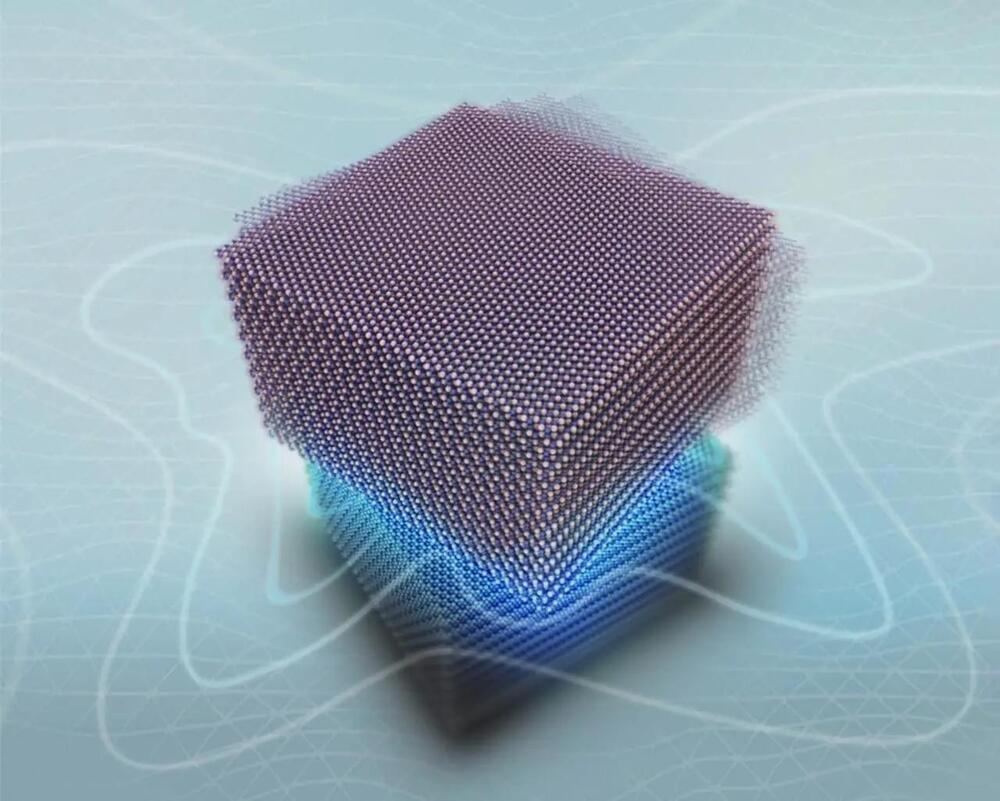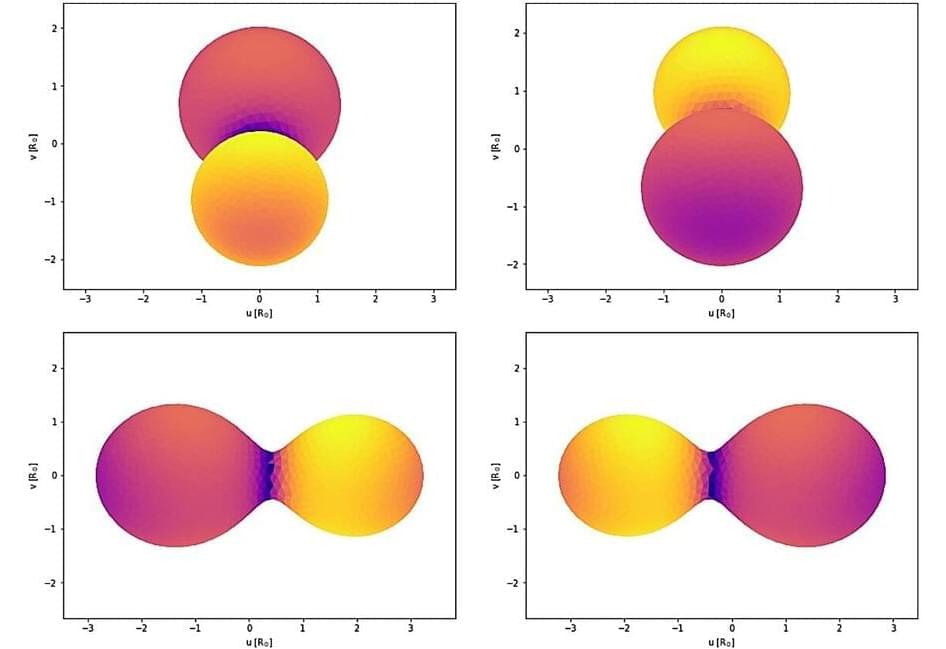A research team has developed an advanced aqueous zinc-ion battery with an enhanced cycle lifespan using a weak magnetic field and a new VS2 material. The breakthrough addresses the challenges of zinc dendrite growth and cathode material limitations. Credit: Mao Yunjie.
A research team at the Hefei Institutes of Physical Science (HFIPS) of Chinese Academy of Sciences (CAS), led by Prof. Zhao Bangchuan, developed a high-performance aqueous zinc-ion battery with ultralong cycle lifespan in a weak magnetic field.
The findings were recently published in the journal Materials Horizons.






